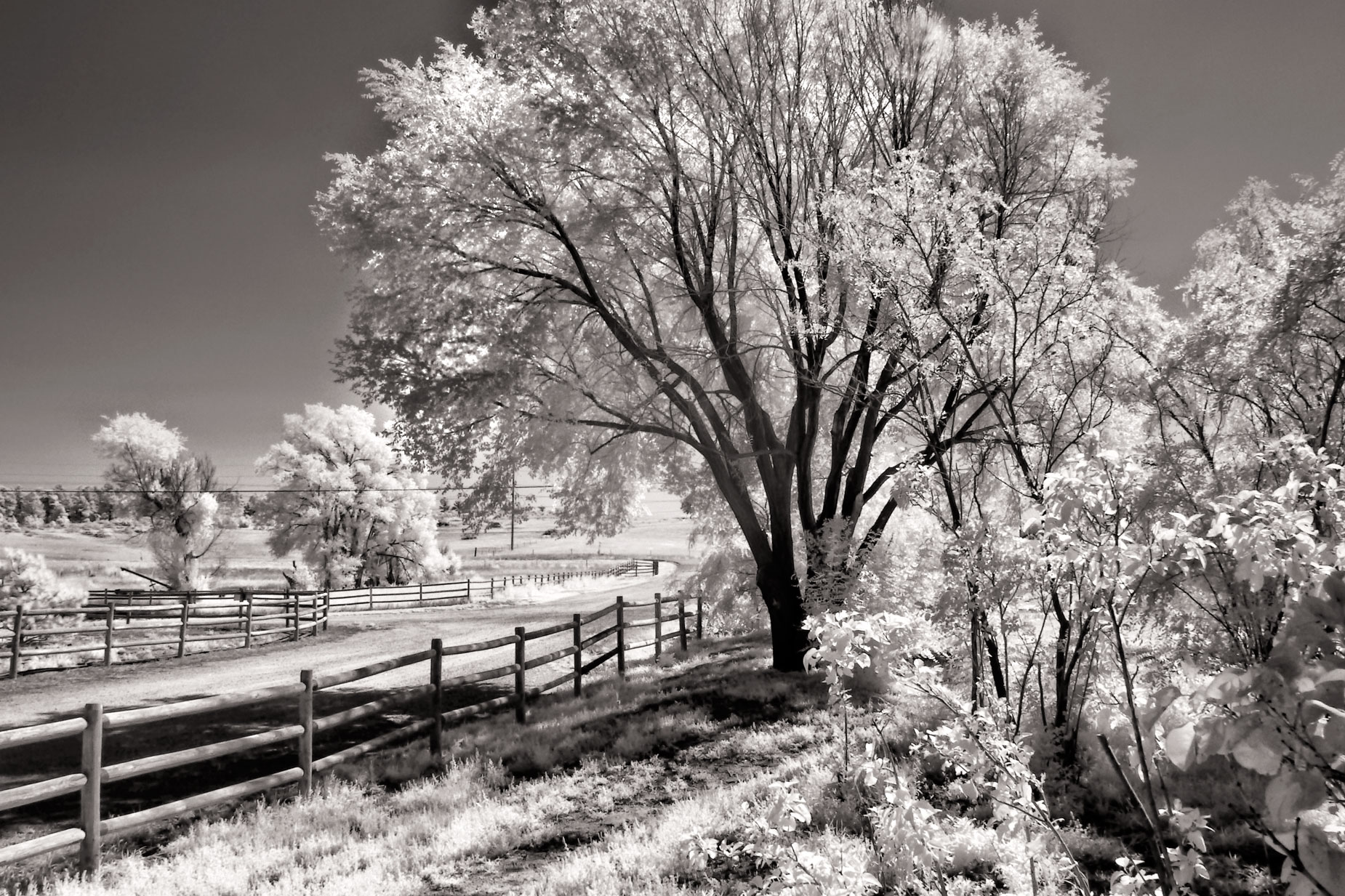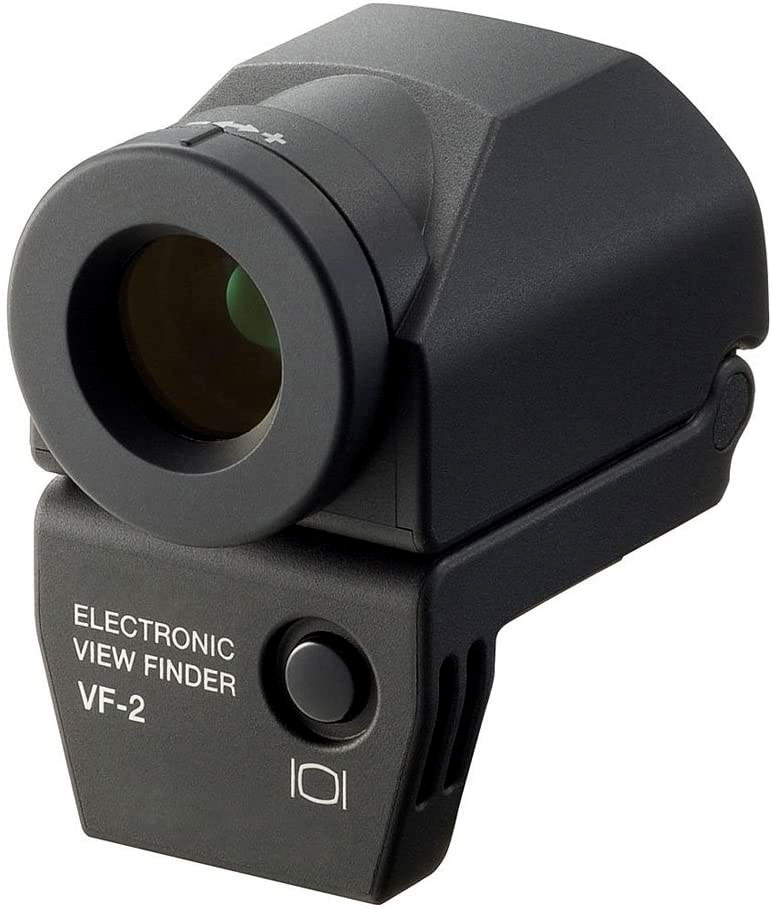Today’s Post by Joe Farace
“The earth is art, the photographer is only a witness.”– Yann Arthus-Bertrand
I always enjoy hearing from readers of this blog and if you have any questions about photography just click CONTACT and ask. I don’t know everything but will try to answer your questions the best that I can based on a whole lotta years in the school of photographic hard knocks. (And stupid photographer;s tricks.)
Sometimes the questions that readers ask may be similar to ones you might have. Like the e-mail that I received about my infrared photography: While this reader’s question was about IR conversions for his Olympus cameras, my answer could apply to anybody who wants to convert their camera for infrared capture.
Q: I have three Olympus E-1 cameras and thinking about having one converted to infrared. I’m thinking of the 715nm conversion similar to my current IR filter method. My latest attempts have been with an Olympus Pen E-P2 with a Hoya R-72 filter. When I use the filter with a mirrorless camera, I can see the image in the viewfinder but dimly. I’m wondering what the experience will be with a DSLR? Focusing might be an issue, although I tend to use a short focal length lens and small apertures to maximize depth-of-field. I’m wondering what you think about this?—Bill. H, Sarasota, FL

How I Made this Photograph: I captured this scene at the Hidden Mesa Open Space using a Panasonic Lumix G5 that was converted for infrared by Life Pixel using their Standard IR (720nm) Filter. Lens was a Leica M-Mount Voightlander Super Wide-Heliar 15mm f/4.5 Aspherical III. It was attached with a Fotodiox M to Micro Four-thirds adapter. The exposure was 1/250 sec at f/16 and ISO 400 with a minus two-thirds stop exposure compensation., The RAW file was converted to monochrome with Silver Efex and then toned in PhotoKit 2 and tweaked using Color Efex Pro to add a soft glow and warm up the image.
A: Because they use a mirror, any DSLR, like the E-1, is going to have viewfinder visibility problems when an infrared filter is used on the lens. The E-1 has the advantage of a live view LCD screen and that might help somewhat, since the camera is probably going to mounted on a tripod because of the slow shutter speed the filter will produce. Mirrorless cameras, on the other hand, have electronic viewfinders that typically compensate for the filter making them easier to use, so your dim view with the E-P2 surprises me somewhat. The E-P2 has no viewfinder and while its preview screen is good, its successor, the E-P3, has a better screen: The E-P2 screen’s resolution is 230,000 dots, while the E-P3 is 614,000.One thing I’ve noticed is that almost every new mirrorless camera has an even better viewfinder and LCD screen than the one that came before it. 
Using an Olympus VF-2 external viewfinder might work better for your E-P2, The VF-2 has a flip-angle eyepiece, allowing viewing from 0–90 degrees and with 1.44 million dots, it has a pretty good screen. I use the similar Panasonic LVF1 on both my standard Lumix GX1 and Hyper Color-converted GX-1 and like using it a lot.
Life Pixel converts many Olympus cameras to infrared but I don’t know of any company that will convert the E-1 to IR. Since the sensors are the same size as a Micro Four-thirds camera some companies should be able do it. Contact LifePixel (info@lifepixel.com) and ask them. If any readers do know of a company that does this conversion, please let me know. and I will update this post.
Focusing?
Your approach to the challenge of focusing in infrared when using filters or a converted camera is the same one that I’d been using for many years but I recently found out that while that it will sometimes work, it is not infallible. When you get a chance take a look at my post It’s Not the Sharpest Knife in the Drawer and then do some of your own lens tests as I’ve described in the post to find the infrared “sweet spot” for your lens—it may be different from the visible light sweet spot— and then chose that aperture for your infrared photography.
My opinion
Having a DSLR converted to IR will be a revelation; you can shoot it hand-held and shoot it like any other camera. I previously owned a Canon 50D that LifePixel converted with their Standard IR (720nm) filter and it was the best of the several IR-converted DSLRs I’ve owned over the years. I’ve since sold it and most of my IR photography these days is done using either a mirrorless Panasonic Lumix G5, G6 or GX1, all of which LifePixel converted for me using three different filters. Like you, I shoot with wide-angle lenses and prefer small apertures. They seem to capture the IR experience best but be aware of the sharpness and focusing challenges that I’ve described in the above linked post.
Hope I answered your question.
 I’ve found that Life Pixel does a great job with IR conversions and they’ve done most of the conversions for my Canon DSLRs and all of my Panasonic Lumix G-series cameras. This is not a paid or sponsored endorsement, just my experience.
I’ve found that Life Pixel does a great job with IR conversions and they’ve done most of the conversions for my Canon DSLRs and all of my Panasonic Lumix G-series cameras. This is not a paid or sponsored endorsement, just my experience.
Used copies of my book, The Complete Guide to Digital Infrared Photography are currently available new from Amazon for $33.66 or used copies for less than four bucks, as I write this. Creative Digital Monochrome Effects has a chapter on IR photography and new copies are available from Amazon for $16.16 with used copies starting at less than three bucks, which is a heckuva deal